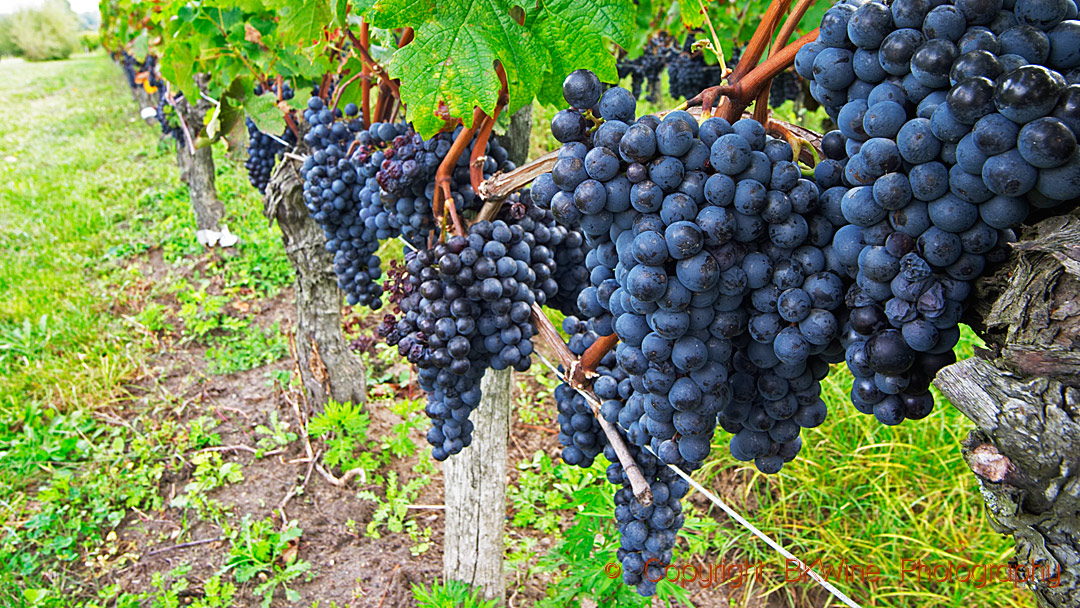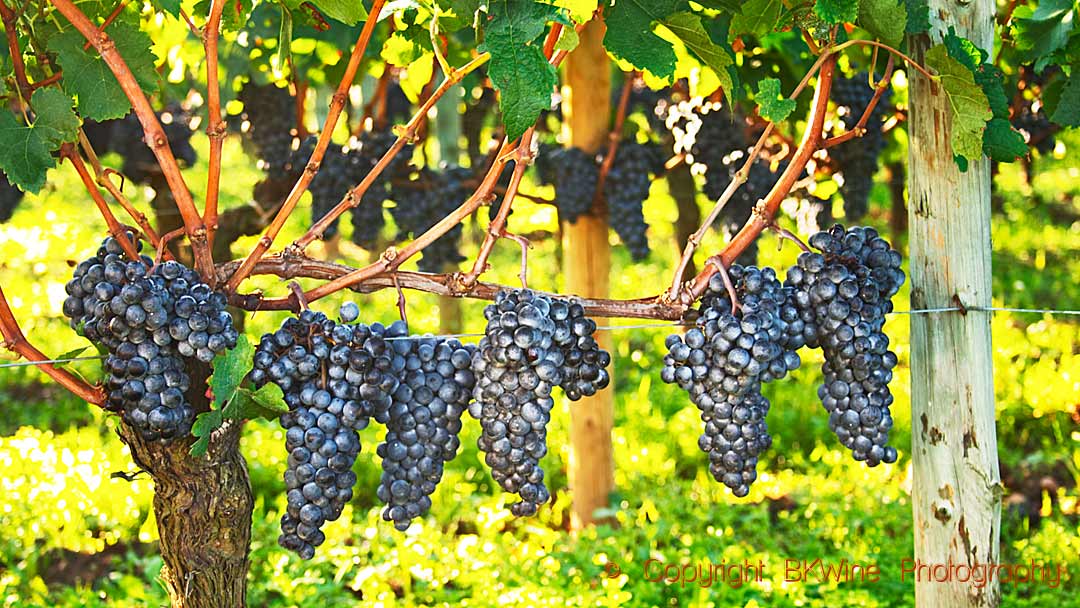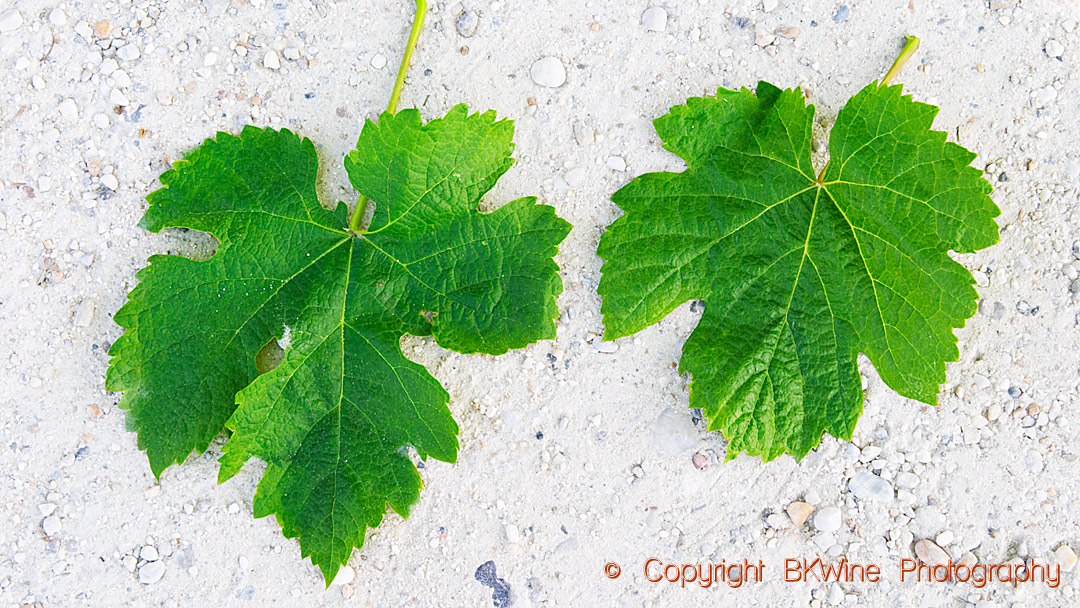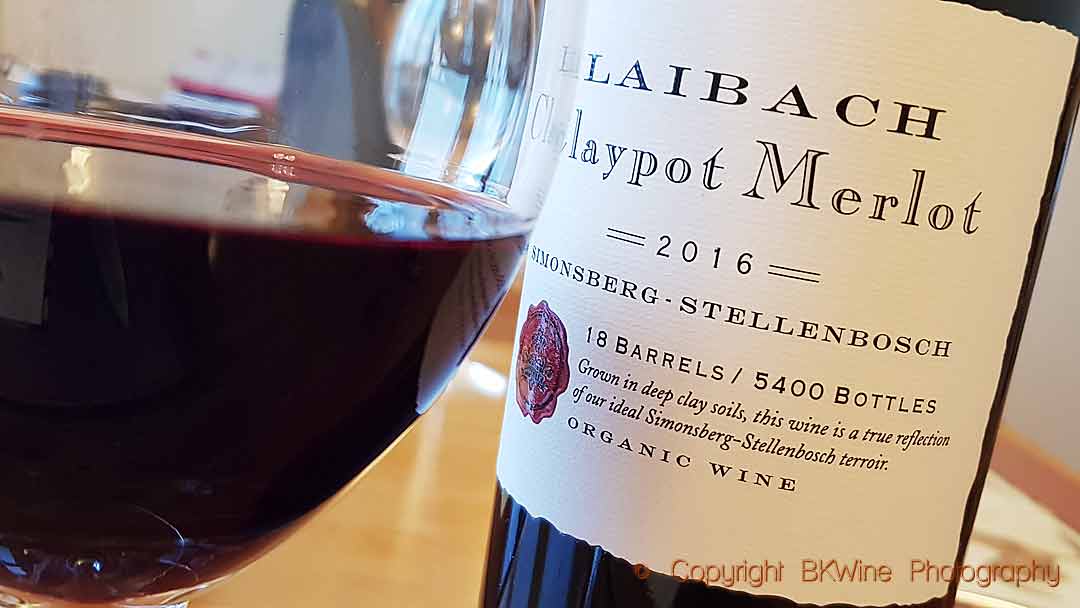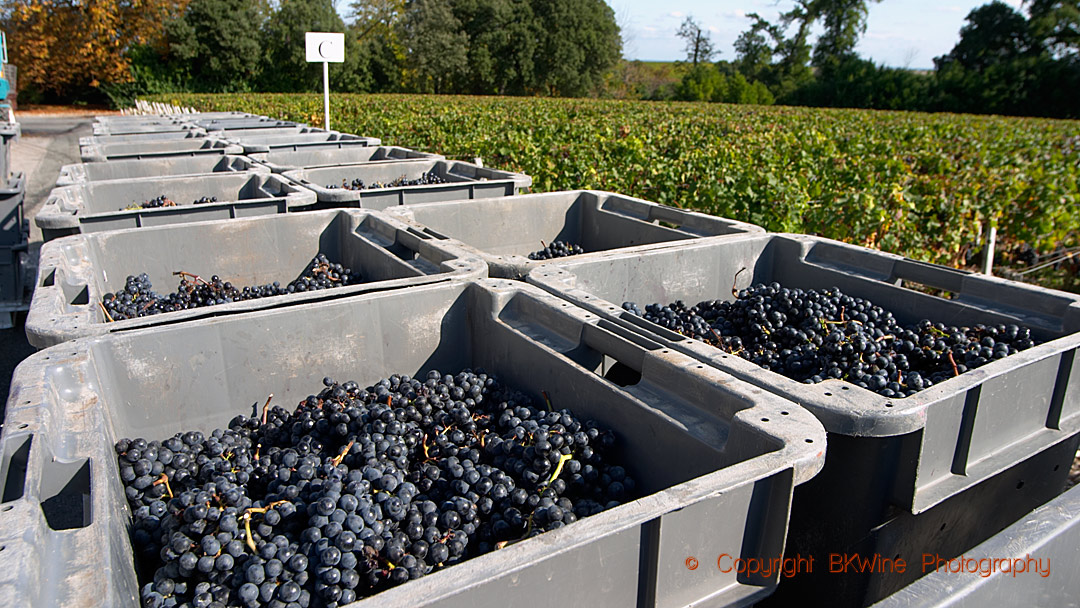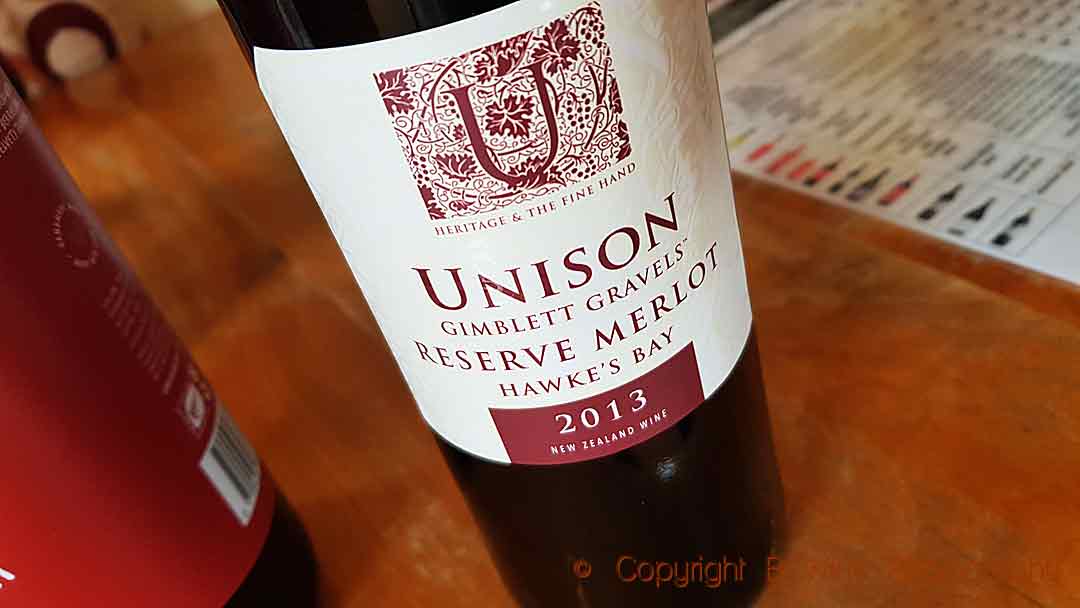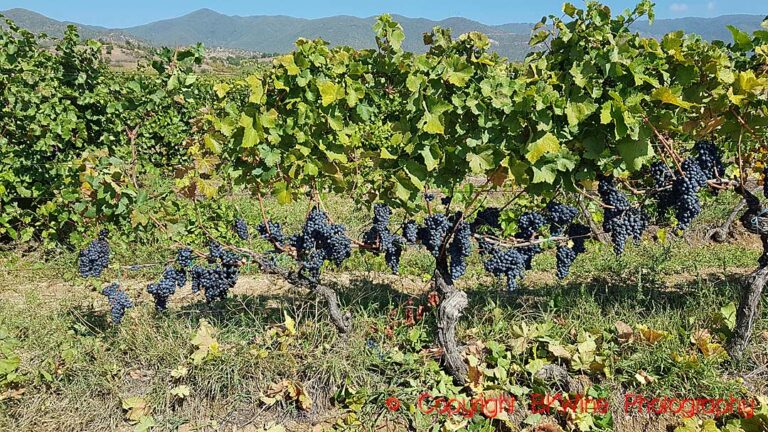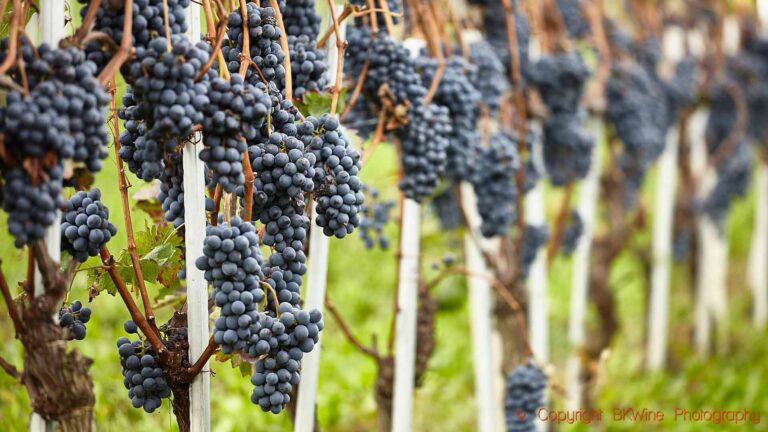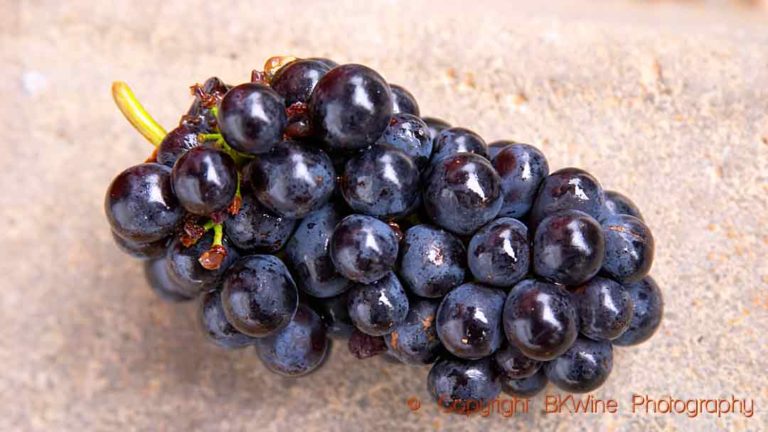Merlot is something of a chameleon. All grapes are, of course, in one way or another. But sometimes it’s more noticeable, as with merlot. Château Petrus, 95% merlot, is Bordeaux’s most expensive wine. Petrus’ prices are generally at least three times higher than cabernet sauvignon-based Latour and Lafite-Rothschild. At the same time, countries around the world are making incredibly dull, inexpensive merlot wines. So whoever said that the grape variety is the most essential thing for a wine is simply wrong.
With 266,000 hectares, merlot is the second most planted grape variety in the world, after cabernet sauvignon (link to our cabernet profile). It is the most planted in all of France. This should indicate that it is well-liked, both by consumers and producers. Nevertheless, merlot has never really been in the spotlight in the way many other grapes have been. Except as the unfortunate star in Sideways…
This is a longer version of an article published on Forbes.com.
This is an article in our series of presentations of the world’s most popular and exciting grape varieties. Read other articles here:
It is the most planted grape in Bordeaux, but cabernet sauvignon gets all the praise. Although merlot is an essential ingredient in the Bordeaux blend, to which it contributes fullness and sweet fruit, it rarely shines on its own. But it happens.
Merlot manages to give plentiful harvests with well-retained colour and a certain structure. So a skilled winemaker can make affordable, unpretentious merlot wines. Although they sometimes are on the soft side, many wine drinkers appreciate them. Merlot has a sweetish fruit combined with freshness, which makes it easy to like. Like an affable friend.
The main quality stronghold for merlot is the cool limestone and clay soils in the Bordeaux appellations of Saint Emilion and Pomerol, what we sometimes call The Right Bank. Here, the grape produces full-bodied, complex and high-quality wines. The wines are powerful with distinct tannins, the fruit reminiscent of ripe plums. These wines are prestigious with prices to match. A Pomerol is usually 90%, sometimes 100% merlot. In Saint Emilion, around 60–70% of a typical blend is merlot, sometimes more, is blended with mainly cabernet franc.
Merlot buds early and also ripens relatively early. It is usually the first red grape to be picked in Bordeaux. That’s why it thrives on the cooler clay soils on the Right Bank. It can unfortunately also give the grower a few problems in the vineyard. Certain years it is affected by coulure. This means that it loses the flowers or the small grapes after flowering. This is usually due to bad weather during flowering. It is also susceptible to downy mildew.
France
Today, merlot is France’s most planted grape with 112,000 hectares. It is also Bordeaux’s most cultivated with 69,000 hectares, more than half of the French total. In Bordeaux, merlot usually gives a slightly higher alcohol level than cabernet sauvignon. In the wine, the fruit feels warm and ripe with black currants and cherries in the aromas. The wine is rich and full-bodied with a good structure without being too tannic. The best merlot-based Bordeaux wines have a good ageing ability and over time they can develop hints of leather, autumn leaves and dried fruits.
In the vast Bordeaux region of Entre-deux-Mers, merlot often dominates the blends. Many of them are everyday wines, but some are very good indeed. In fact, this is one of the sub-regions of Bordeaux where you sometimes can find excellent bargains.
Merlot has increased remarkably in recent years in Languedoc, which now has 28,000 hectares. Here, merlot is mainly used in more straightforward IGP wines often sold as varietal wines with the grape name on the label.
It is also grown in the South-West, for instance in Bergerac, and it is blended with malbec in Cahors.
Italy
With 24,000 hectares, merlot is the third largest red wine grape in Italy. It is used mostly for unpretentious wines where large yields give fairly neutral wines. But you can also find very prestigious merlot in Italy, not least in Bolgheri on the Tuscan coast, the region once famous for its “super-tuscans”. Masseto is a 100% merlot in clay soil created by Lodovico Antinori. And with a price tag that rivals Pomerol’s finest.
USA
In the USA, merlot is grown on 21,000 hectares. It is the third most planted red grape after cabernet sauvignon and pinot noir. A lot of mass-market merlot is made, but also high-quality Bordeaux blends where merlot plays an important role. And the occasional exceptional single varietal merlot.
Other countries
Romania is known for its merlot. It is the most planted red grape with 12,000 hectares. Chile also has 12,000 hectares and South Africa 6,000. In both countries, you will find delicious merlot wines, although sometimes a bit too soft and with too much oaky.
In New Zealand, merlot is the second most planted red grape. However, it is way behind the number one grape, pinot noir. In Hawke’s Bay, we have tried superb merlot planted on gravel soil, which shows that it does not always have to be clay.
The plantings of merlot are currently stable.
Total worldwide surface: 266,000 hectares
Main countries:
- France 112,000 ha
- Italy 24,000 ha
- USA 21,000 ha
- Romania 12,000 ha
- Chile 12,000 ha
- South Africa 6,000 ha
Characteristics: Warm and ripe fruit with some black currants and red cherries in the aromas. Sometimes plums, dried figs. Full-bodied and rich in taste with a good structure without being too tannic.
Don’t miss the other articles in our grape variety profile series. You can find the list at the beginning of the article.
This article was originally published in a shorter version on Forbes.com.
Travel
Maybe the best place to discover the true soul of merlot is in Bordeaux. Explore merlot and cabernet on a wine tour to Bordeaux with BKWine.
Travel to the world’s wine regions with the wine experts and the wine travel specialist.
Wine tours that give you insight. BKWine wine tours.


